Space News
Medium
361

Learn before play:
- To pick the right habit, make it easy and achievable.
- Consider the long-term challenge and improvement in any area.
- Trial and error is a common approach, but time is limited.
- The explore/exploit trade-off can help manage this conundrum.
Read Full Article
21 Likes
Knowridge
439

Image Credit: Knowridge
Strange winds blow through this exoplanet’s atmosphere
- Some exoplanets, like hot Jupiters such as WASP-121 b, exhibit characteristics vastly different from those in our Solar System.
- WASP-121 b is an ultra-hot Jupiter located about 860 light-years away, tidally locked to its star.
- Research using the VLT and ESPRESSO instruments revealed powerful winds and unique atmospheric features on Tylos.
- The studies identified iron, titanium, sodium, and hydrogen in its atmosphere, challenging existing weather paradigms.
- One study focused on the vertical structure of atmospheric dynamics, uncovering distinct wind patterns and layers.
- Another study delved into Tylos' chemistry, detecting elements like Ti I, Mn I, and Co I, offering insights into its composition.
- The findings serve as a testbed for Global Circulation Models and push the boundaries of exoplanet atmosphere research.
- Ground-based observations provided detailed 3D maps and revealed complex atmospheric processes on this unique exoplanet.
- The upcoming Extremely Large Telescope (ELT) is expected to revolutionize exoplanet atmosphere studies with its enhanced capabilities.
- Scientists anticipate uncovering more remarkable discoveries about exoplanet atmospheres with advanced telescopes like the ELT.
Read Full Article
26 Likes
Universe Today
187
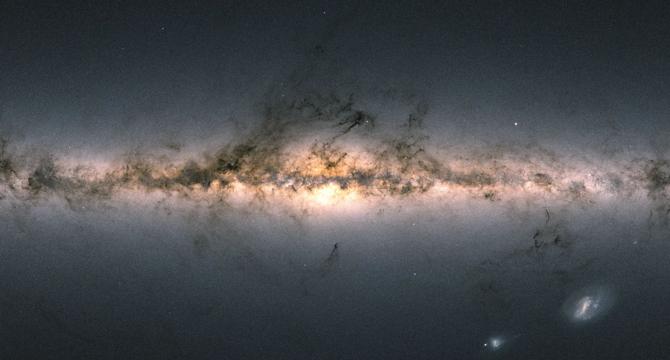
Image Credit: Universe Today
How Astronomers Make Deep Maps of the Milky Way
- Astronomers use 21cm radiation, emitted by hydrogen atoms, to map the structure of the Milky Way.
- 21cm radiation can travel through interstellar dust, allowing astronomers to study star-forming gas clouds and the shape of spiral arms of the galaxy.
- By analyzing the redshift and blueshift of 21cm radiation, astronomers can determine the rotation speed of different regions of the Milky Way, providing insights into its dynamics and motion.
- 21cm radiation is also used to estimate the masses of distant galaxies by examining the neutral hydrogen gas clouds in those galaxies.
Read Full Article
11 Likes
Knowridge
73

Image Credit: Knowridge
How a distant supernova may have changed viruses on Earth
- A recent study suggests that a distant supernova explosion may have caused significant changes in viruses infecting fish in Africa's Lake Tanganyika.
- Researchers believe that the explosion exposed the viruses to high levels of cosmic radiation, leading to the evolution of new virus species.
- The study found traces of the radioactive element iron-60, dating back to a supernova occurrence about 2.5 million years ago.
- The research provides new evidence that cosmic events can have unexpected effects on life on Earth, and highlights the need to explore the connections between space and life further.
Read Full Article
4 Likes
Discover more
Brighter Side of News
22
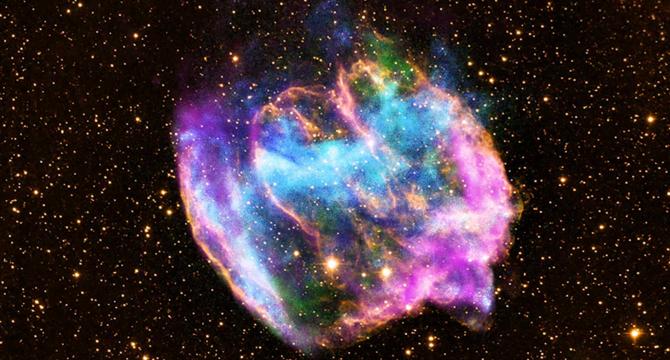
Image Credit: Brighter Side of News
New supernova discovery may hold key to the history of the Universe
- Type Ia supernovae have been crucial for measuring the universe's expansion for over 30 years, revealing its acceleration in the late 1990s and the existence of dark energy.
- The Zwicky Transient Facility (ZTF) has released a groundbreaking dataset of 3,628 Type Ia supernovae, shedding new light on cosmological measurements.
- These supernovae serve as 'standard candles,' aiding in distance calculations across the universe, but many aspects of them remain enigmatic to scientists.
- The ZTF dataset, with its rapid and deep sky scanning capabilities, captures supernovae early in their explosion, providing valuable insights into their evolution.
- By reducing uncertainties through refined measurements, Type Ia supernovae have become precise tools for cosmic distance calculations.
- The ZTF dataset challenges the standard model of cosmology by providing unprecedented amounts of data that may lead to new discoveries and refine existing models.
- Inconsistencies like the Hubble constant discrepancy and deviations in the dark energy equation of state suggest potential new physics beyond the current model.
- The ZTF team's aim with the new dataset is to address fundamental questions in physics and cosmology, offering insights into the universe's composition and expansion.
- This dataset opens doors for researchers to explore Type Ia supernovae with an exceptional level of precision, potentially uncovering new physics or clarifying existing discrepancies.
- This significant step forward in understanding the universe's history and fate through supernova observations emphasizes the importance of ongoing cosmological research.
Read Full Article
1 Like
Livescience
389
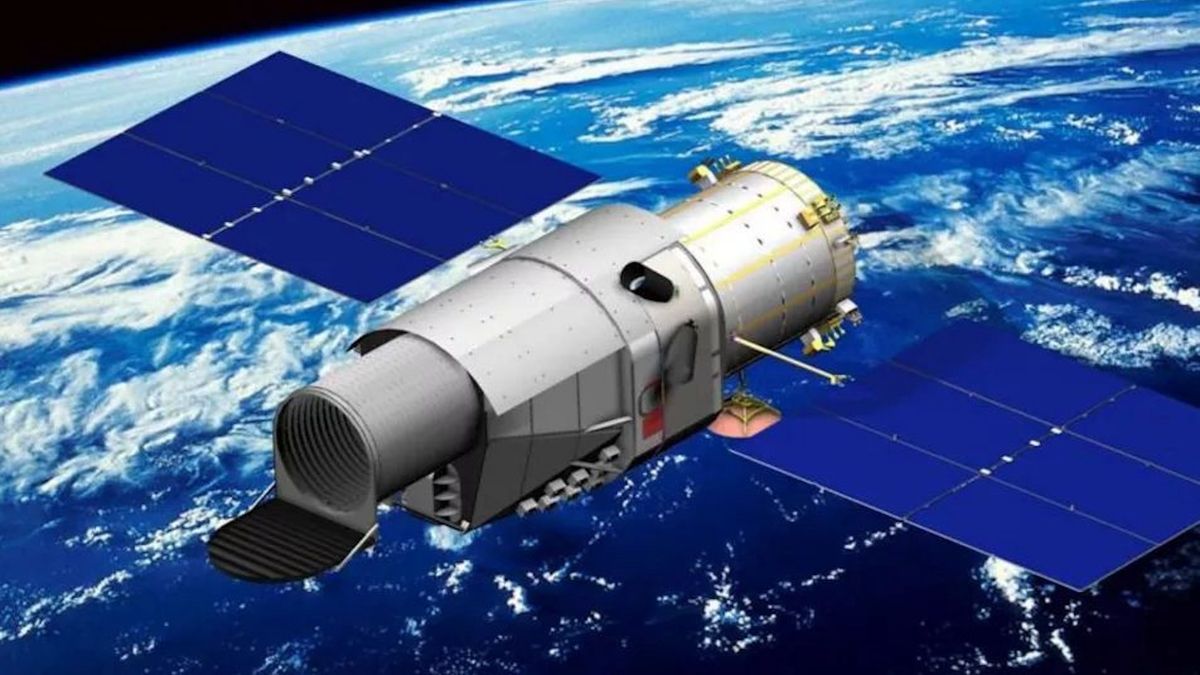
Image Credit: Livescience
China is building a space telescope to rival the JWST — and it could survive in orbit decades longer
- China is building the China Space Station Telescope (CSST), a new space telescope that will rival current top-tier observatories.
- The CSST will be as powerful as the James Webb Space Telescope (JWST) and fully repairable and upgradable from space.
- With a launch anticipated in 2026, the CSST will have a field of view at least 300 times greater than Hubble's and will span the light spectrum from near-ultraviolet to near-infrared.
- The CSST's missions include measuring weak gravitational lensing, studying the statistics of voids and clusters, searching for supernovas, and measuring baryon acoustic oscillations.
Read Full Article
23 Likes
Insider
18
Image Credit: Insider
The US Space Force needs a 'warfighting ethos' and increased funding to compete with China in space: report
- The US Space Force needs a "warfighting ethos" to compete with China in space, a new report has said.
- The Space Force also lacks a clearly defined role and resources, the authors said.
- The report recommends a change in mindset and increased funding to enable the Space Force to compete effectively against China in the space domain.
- The authors suggest the need for increased warfighting ethos and the deployment of offensive and defensive weapons to deter hostile actions and conflict.
Read Full Article
1 Like
Knowridge
352

Image Credit: Knowridge
Fluffy molecular clouds formed stars in the early universe
- Stars form in Giant Molecular Clouds (GMCs), vast clouds of mostly hydrogen, spanning tens of light years, where thousands of stars can form.
- The early Universe lacked elements heavier than hydrogen and helium, affecting star formation due to low metallicity.
- Research focused on star formation in low-metallicity environments, like the Small Magellanic Cloud.
- ALMA observations in the Small Magellanic Cloud showed that 60% of molecular clouds had filamentary structures, while 40% had a 'fluffy' shape.
- Temperature variations between filamentary and fluffy clouds suggest different star formation processes.
- Cloud morphology indicates evolutionary stages and potential for forming planetary systems.
- Filamentary clouds are associated with younger stars and outflows, while fluffy clouds show different temperature distributions.
- Evolutionary differences in cloud structures and temperatures are unique to low-metallicity environments.
- The study highlights the importance of heavy elements in maintaining filamentary structures for star formation, impacting planetary system formation.
- Future research aims to explore the role of turbulence, magnetic fields, and radiative feedback in filament formation and star evolution.
Read Full Article
21 Likes
Knowridge
371
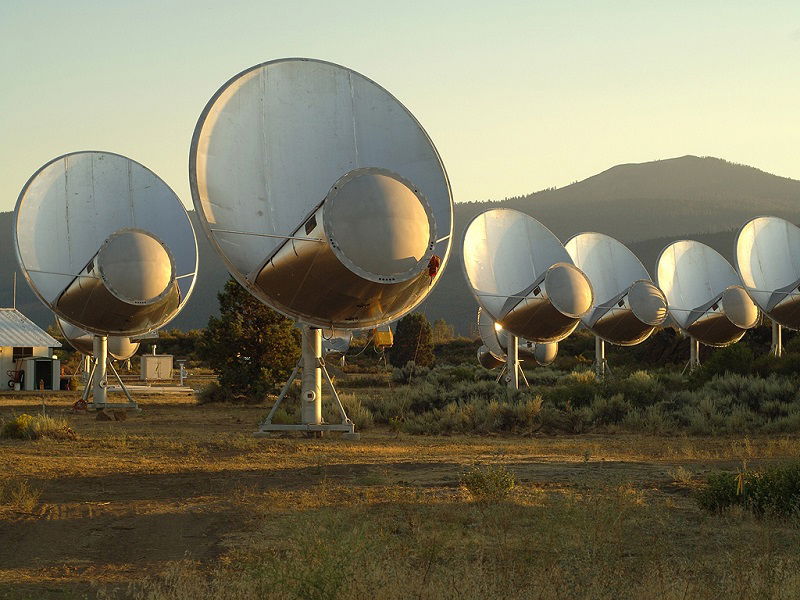
Image Credit: Knowridge
If you’re going to call aliens, use this number
- 21cm radiation, connected to hydrogen spin flip, has the potential to be a universal language for communication with aliens.
- Hydrogen atom's electron flipping its spin releases energy at a wavelength of 21 centimeters.
- The advantage of 21cm radiation is its ability to penetrate interstellar dust, making it ideal for long-distance communication.
- The use of 21cm radiation as a communication method relies on the hope that aliens will understand the hydrogen spin-flip transition.
Read Full Article
22 Likes
Nasa
197
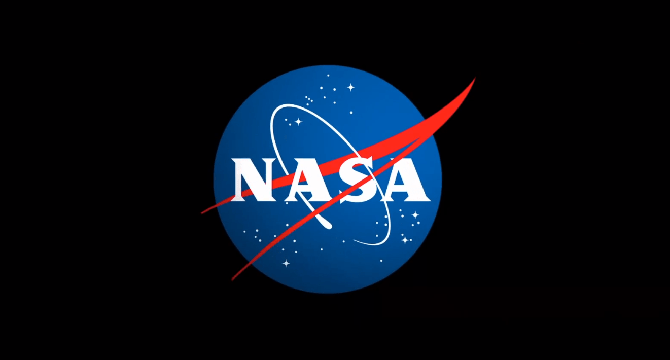
Image Credit: Nasa
NASA Awards Planetary Defense Space Telescope Launch Services Contract
- NASA has awarded SpaceX with a launch services contract for the Near-Earth Object (NEO) Surveyor mission.
- The total cost of the contract, including the launch service and mission-related costs, is approximately $100 million.
- The NEO Surveyor mission aims to detect and observe asteroids and comets that could pose a potential impact threat to Earth.
- The mission will launch no earlier than September 2027 on a SpaceX Falcon 9 rocket from Florida.
Read Full Article
11 Likes
Teslarati
375
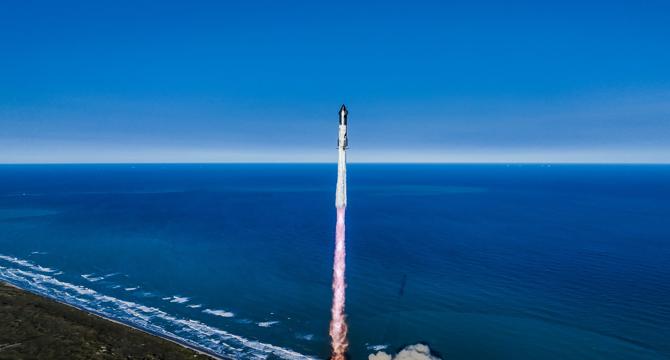
Image Credit: Teslarati
SpaceX Starship’s next test flight gets target date – Here’s when it could lift off
- SpaceX's Starship is preparing for its eighth test flight, following the destruction of its previous rocket.
- The launch window for the upcoming test flight is listed as starting on February 26 at 5:30 p.m. EST and will continue through March 6.
- SpaceX aims to catch the first-stage booster during this launch and investigate the cause of the previous rocket's explosion.
- The Starship test flight in January ended in a stunning display of explosion, with debris falling into the Atlantic Ocean.
Read Full Article
22 Likes
Nasa
68
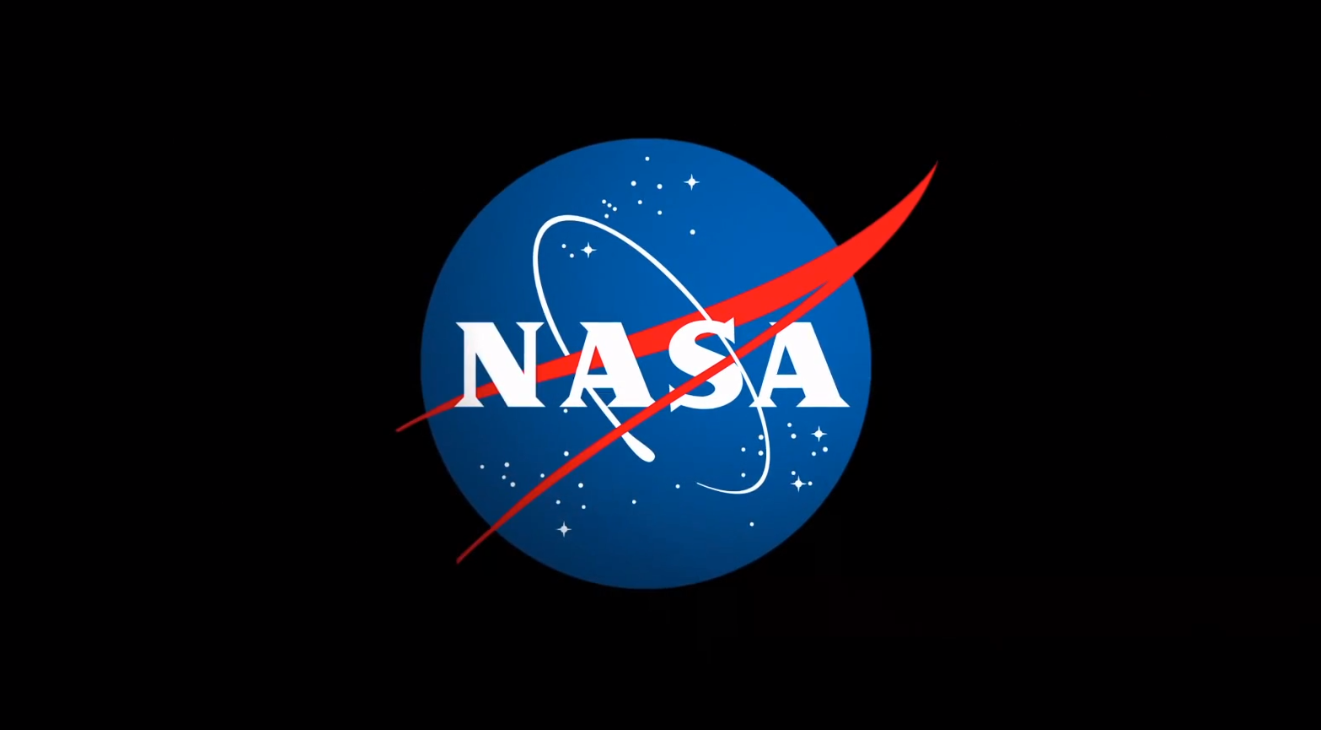
Image Credit: Nasa
NASA Awards Delivery Order for NOAA’s Space Weather Program
- NASA has awarded a delivery order to BAE Systems Space & Mission Systems Inc. to build spacecraft for the Lagrange 1 Series project.
- The delivery order, part of NOAA's Space Weather Next program, is worth approximately $230.6 million and will run from February 2025 to February 2035.
- The project will involve the development of up to two spacecraft, instrument integration, satellite-level testing, and mission operations support.
- The Lagrange 1 Series project will provide important data for NOAA's Space Weather Prediction Center to mitigate space weather impacts.
Read Full Article
4 Likes
Nasa
32
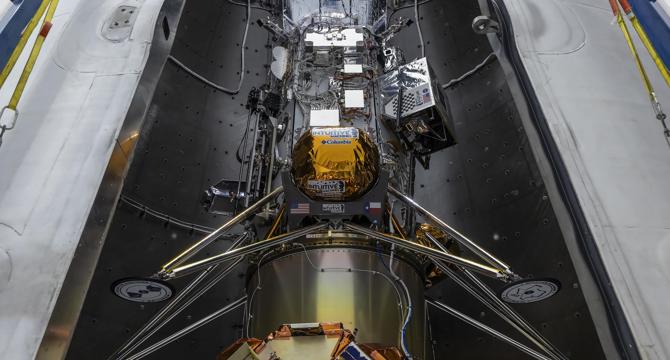
Image Credit: Nasa
NASA Sets Coverage for Intuitive Machines’ Next Commercial Moon Launch
- NASA's Intuitive Machines IM-2 mission carrying science and technology for the Moon is set to launch on Feb. 26 from Kennedy Space Center.
- The mission will deploy the lunar lander Athena to the Moon with NASA investigations to study the lunar environment.
- It includes demonstrations of resource use, communication systems, laser retroreflectors, and a propulsive drone for lunar exploration.
- Alongside IM-2, NASA's Lunar Trailblazer spacecraft will map lunar water distribution in orbit.
- A media teleconference on Feb. 25 will feature speakers discussing the mission's goals and technology.
- Another teleconference on Feb. 26 will cover the readiness for the lunar delivery launch.
- Both teleconferences will stream live on NASA's website, with a dial-in option for media questions.
- Coverage of the launch will begin on NASA+ about 45 minutes before liftoff, with live streaming and blog updates available.
- Members of the public can virtually attend the launch and engage with NASA on social media platforms using #Artemis.
- To learn more about NASA's CLPS initiative, visit their website at https://www.nasa.gov/clps.
Read Full Article
1 Like
Nasa
68
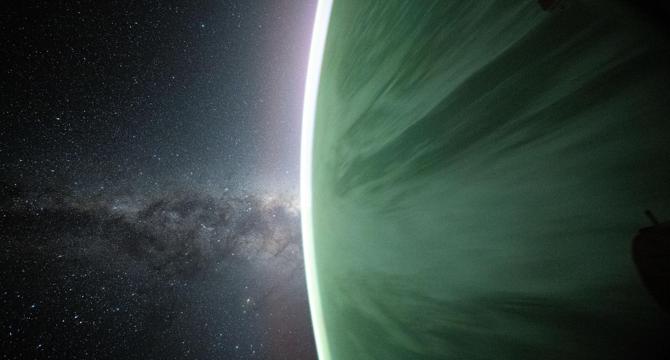
Image Credit: Nasa
Muscle, Eye, and Breath Research Keeping Crews Healthy in Weightlessness
- Muscle, eye, and respiratory research conducted on the International Space Station is helping keep crews healthy on long term space missions and informing treatments on Earth.
- NASA Flight Engineer Nick Hague worked on an investigation to counteract space-induced muscle loss by stimulating his muscles using electrical signals.
- NASA Flight Engineer Don Pettit assisted in conducting eye exams to study the effects of spaceflight on astronauts' eyes and explore potential treatments.
- Other activities on the space station included space agriculture research, working on spacesuits, emergency training, and studying materials in the Electrostatic Levitation Furnace.
Read Full Article
4 Likes
Universe Today
155

Image Credit: Universe Today
Strange Winds Blow Through this Exoplanet’s Atmosphere
- The exoplanet WASP-121 b, also known as Tylos, exhibits unique characteristics such as extreme temperatures and wind patterns.
- Researchers observed powerful winds and confirmed the presence of iron and titanium in Tylos' atmosphere using the VLT and ESPRESSO instruments.
- The study led to the discovery of distinct layers and unusual winds in Tylos' atmosphere, providing valuable insights.
- The findings challenge existing weather models and offer a deeper understanding of atmospheric dynamics on exoplanets.
- The VLT's advanced technology allowed for detailed mapping of Tylos' atmosphere, showing complex wind interactions and chemical compositions.
- The research revealed the existence of titanium below the jet stream, contradicting previous studies and highlighting the benefits of using advanced instruments like ESPRESSO.
- The cross-correlation technique was instrumental in detecting specific molecules and atoms in Tylos' atmosphere, enhancing our ability to study exoplanet atmospheres.
- Ground-based telescopes like the VLT will be further enhanced by the Extremely Large Telescope (ELT) in 2028, revolutionizing exoplanet atmosphere studies.
- The study’s detailed analysis opens up opportunities for future observational capabilities and advancements in understanding exoplanet atmospheres.
- The researchers hope that the ELT will lead to groundbreaking discoveries in the field of exoplanet atmospheres, unveiling remarkable phenomena.
Read Full Article
9 Likes
For uninterrupted reading, download the app